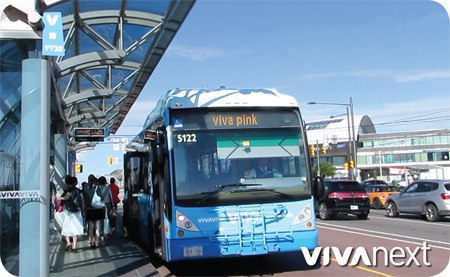The “last mile” has a reputation. It’s been known as the hardest and the greatest, the final step in getting somewhere, regardless of what that involves [or how far it actually is].
Earlier this month, Ryerson City Building Institute released a video trailer in advance of a Last Mile Meetup event they hosted. The video and meetup invited conversation about the #LastMile, and was the basis for a Toronto Star article. The GTA includes lots of suburban cities and towns. And where there are suburbs, there is that last mile challenge – the beginning and end of a commute to work or school. While most of the commute might be easily done with rapid transit, the last mile usually relies on driving, cycling, walking or taking local transit.
Driving that last mile to a commuter transit station might mean parking in a massive, overcrowded parking lot. Walking or cycling are natural choices as long as there are safe, accessible places to and from the station – this of course depends on weather and the distance travelled. Transit is a good option, but we understand that bus schedules don’t always fit in with the always-in-a-hurry commuter and routes may not get riders close enough to their final destination.
This last leg of the journey can make or break the commute. It’s often the deciding factor on whether the entire commute will be done by car or by transit. Everyone’s trip is unique, and might involve extra stops along the way, like picking up kids from a babysitter or stopping for groceries. So there need to be options, and each option needs to be flexible. To arrive at the right solutions for the last mile, most agree that new ideas need to be piloted, such as the dial-a-ride service in York Region, carpooling, ride-sharing, and safe and secure places for walking and cycling.
It comes down to mobility and quality of life. Mobility is about being able to get to and from where you live easily. Your daily quality of life may depend on how you travel that last leg of the journey – is your last mile the hardest… or the greatest?


